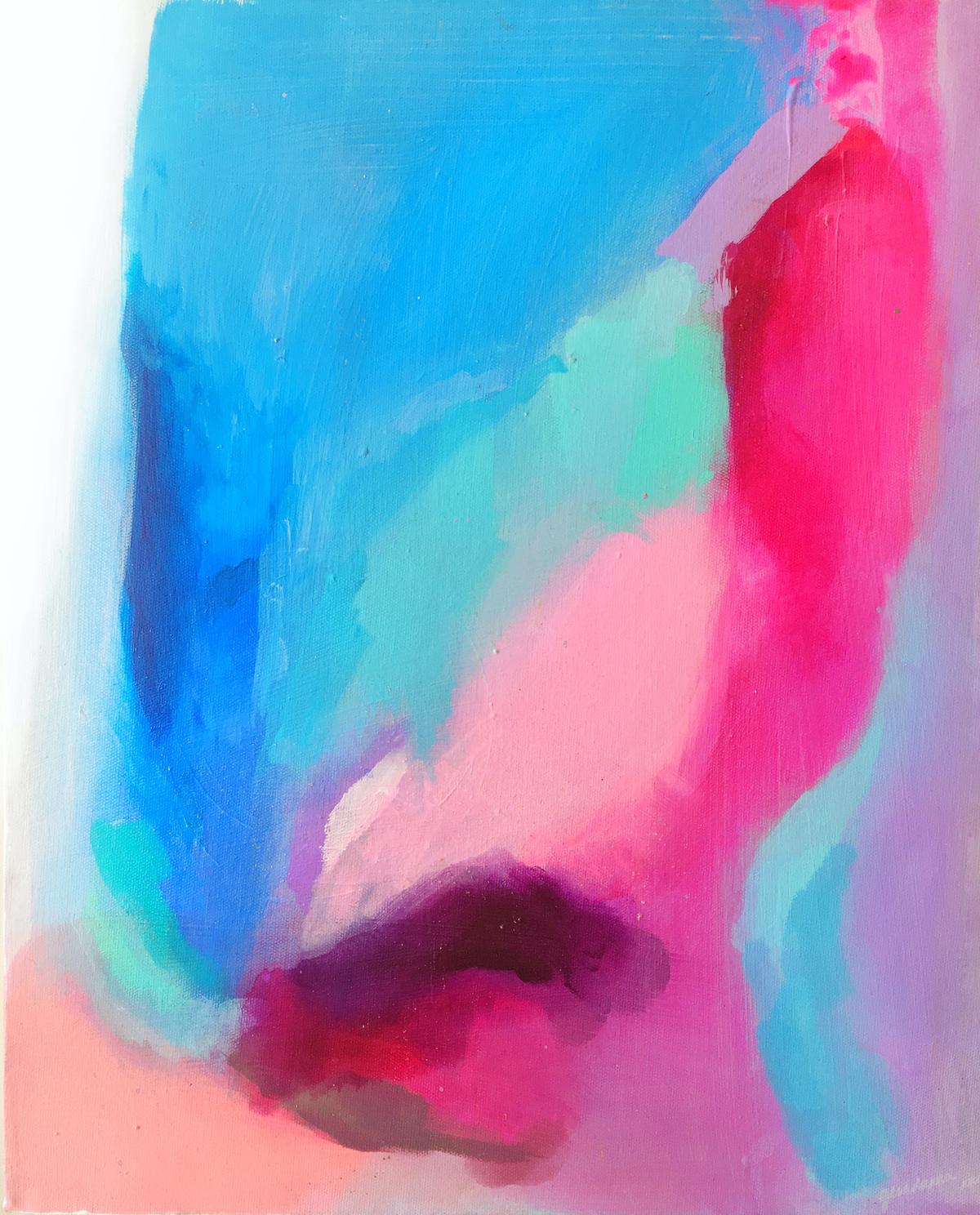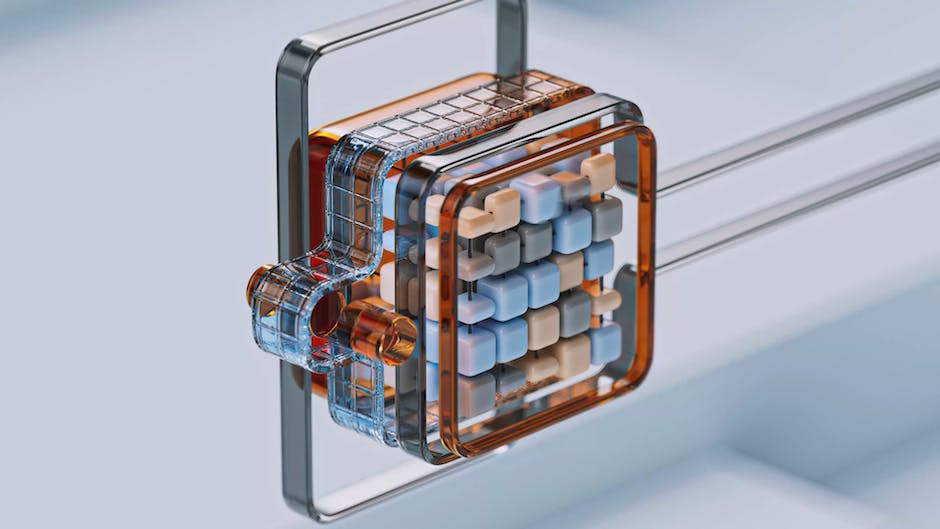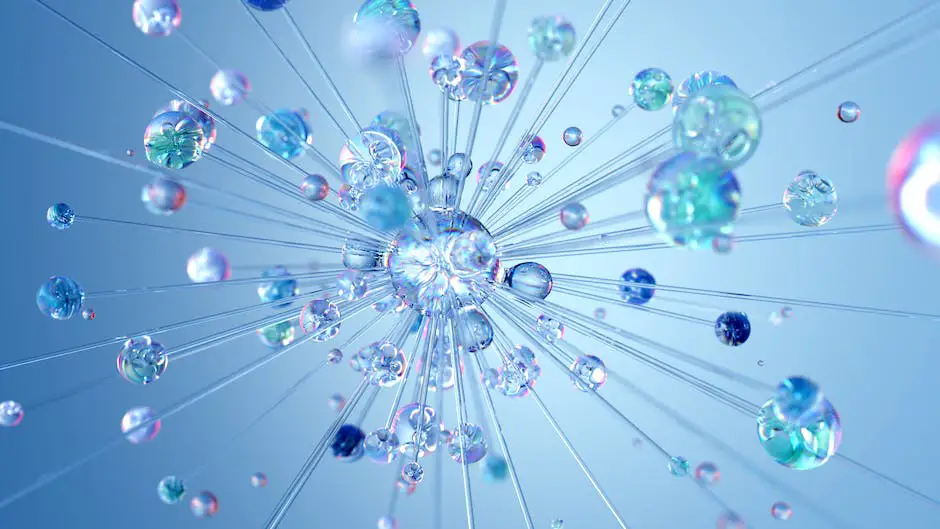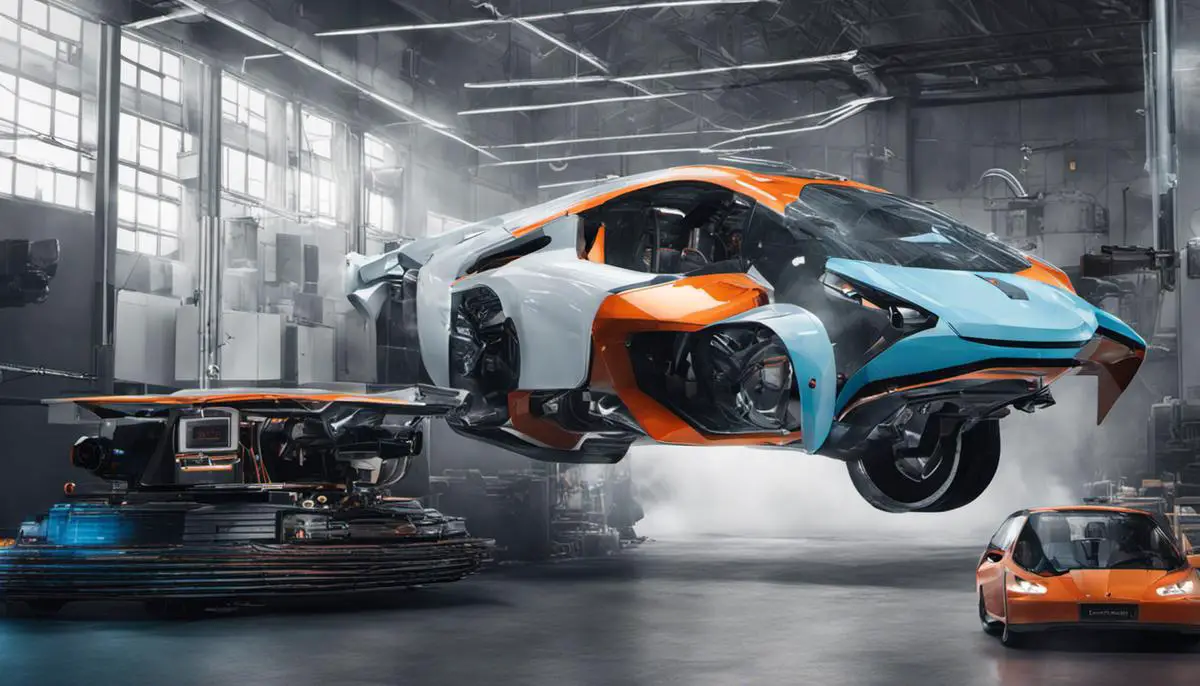As we stand at the vanguard of an era dominated by artificial intelligence (AI), it becomes crucial to comprehend and anticipate its implications. Among the myriad applications of AI, image generation has emerged as a promising field of exploration and development.
This expanse of AI includes not just the rudimentary concept of image construction but delves into sophisticated realms such as Generative Adversarial Networks (GANs), pushing the boundaries of what was once considered possible.
From healthcare and gaming to architecture and photography, AI with image generation is revolutionizing different sectors, concurrently opening new avenues for innovation and presenting complex ethical dilemmas.
This discourse examines these intricate facets of AI in image generation, offering a comprehensive understanding of its present applications, ethical considerations, future potentials, and transformative influence on various industries.
Contents
Understanding AI and Image Generation
Understanding AI and Image Generation
Artificial Intelligence, widely known as AI, is a branch of computer science that aims to simulate human intelligence processes within machines. These processes include learning, reasoning, self-correction, perception, and importantly, the ability to interpret visual data. Speaking of interpretation of visual data, one of the most innovative ways AI is utilized today is in image generation.
AI’s ability to process and analyze large quantities of data allows it to generate images that are almost indistinguishable from real-life objects. The process involved in AI image generation begins with a computer program creating a random assortment of pixels. Next, the AI algorithm determines the success of each image based on a set criteria, whether it be how close the image is to a specified target, or how human-like a generated face appears. The AI then uses this feedback to adjust the next image and the process repeats.
Generative Adversarial Networks (GANs)
One of the most popular methods for generating images using AI is by using Generative Adversarial Networks (GANs). A GAN consists of two major components: a Generator and a Discriminator. The Generator produces images from random noise, while the Discriminator evaluates the generated images against real-world images.
The goal of the Generator is to produce images that the Discriminator cannot distinguish from real images, while the goal of the Discriminator is to become better at distinguishing real images from generated ones. Together, they create a form of competition where both components continually improve, leading to the creation of highly realistic images.
Current Achievements in AI-based Image Generation
Presently, AI-based image generation has seen remarkable advancements, creating images so realistic that they challenge the human eye’s ability to distinguish between what is real and what’s computer-generated. DeepArt and DeepDream, for instance, use AI to turn images into artworks based on the styles of famous artists. Then there’s NVIDIA’s StyleGAN that generates pictures of people that don’t exist but look stunningly real.
Challenges in AI-based Image Generation
Despite the achievements, various challenges occur in AI-based image generation. The most obvious is the ethical implications surrounding the use of generated images. In an era flooded with misinformation and fakes, the ability to produce lifelike images can exacerbate matters, leading to fraud, identity theft, or damaging the credibility of legitimate information sources.
From a technical standpoint, achieving high resolution and consistency in generated images is a major challenge. Generating high-quality images requires large amounts of data and computational resources. There’s also the issue of mode collapse, where the Generator starts to produce the same or very similar images over and over again.
Evolution of AI in Image Generation
As the future unfolds, the potential for AI-enhanced image generation seems boundless, promising higher resolution images and resolution of issues such as mode collapse. The evolution of AI training method will likely reduce the resources involved.
For instance, the technique of transfer learning enables AIs to leverage learning from one context to another, thereby enhancing the learning velocity. Specifically, reducing the risk of mode collapse via adaptive discriminator augmentation in GANs paves the way for improved image diversity.
Beyond the technical scope, the maturation of AI in image generation may lead to resolving persisting ethical and societal challenges, in part due to a growing understanding of its societal impacts.

Photo by geordannatheartist on Unsplash
Current Applications of AI in Image Generation
AI’s Role in Medical Imaging
Medical imaging forms one crucial domain where artificial intelligence is significantly altering paradigms. Machine learning algorithms are increasingly successful at examining medical scans and providing accurate diagnoses faster than human evaluation, accelerating the transition from diagnosis to treatment.
Sophisticated algorithms have proven apt at interpreting X-rays, MRIs, and CT scans to identify diseases such as cancer and heart conditions among other significant health conditions. A notable example is Google’s DeepMind AI. Its proficiency in detecting eye illnesses from scan images suggests that AI could potentially cause a significant upheaval in the field of ophthalmology.
AI in Gaming and Entertainment
Artificial intelligence has also had a substantial role in the gaming and entertainment industries. With procedural content generation, AI can create unique environment textures, character models, or even whole levels in real time, changing the gaming experience to be more immersive and dynamic. A clear example of this is Promethean AI, software that assists artists in generating video game scenes.
The entertainment industry is also seeing the impact of AI. Algorithms are now capable of generating photo-realistic human faces, as seen with the AI company D-ID. This technology could be used to generate extras for movies or TV shows, create digital models for advertising, or even to aid in the production of deepfake content.
AI in Photography
Photography is another area that has been transformed by AI. Advanced neural networks can now generate realistic images from scratch, such as creating scenes, animals, or people that do not exist. For instance, Nvidia’s generative adversarial network (GAN) has made significant strides in this area. Adobe is also using AI in their software, using machine learning to analyze and improve photo quality almost instantaneously.
AI Content Generation
AI continues to advance in creating entirely new images. Cutting-edge AI like DALL-E, developed by OpenAI, can generate images from text descriptions. A user would simply type in a descriptive phrase like “an armchair in the shape of an avocado”, and the AI will generate images to match. This capability opens up endless possibilities in design.
Moreover, AI can create deepfakes, a synthesis of human images, which could be used in cinema for replacing expensive human actors with AI-generated personas. Although this technology raises ethical and legal concerns, there’s no denying its potential transformative impact on the film industry.
The Evolution and Applications of AI in Image Creation
Artificial Intelligence (AI) holds the potential to revolutionize the future of image creation, as we are only beginning to perceive its potential capabilities. Developments in this field are being made at an accelerated pace, each contributing to the expanding horizon of possible applications.
Through the advent of new algorithms or the optimization of hardware functionalities, the refinement in accuracy, realism, and the speed of AI image production continues to redefine the digital creative landscape. AI is significantly altering not only the ways in which images are produced but also how we interact with and interpret visual content.

Ethical considerations in AI and Image Generation
The Ethical Dilemma of AI in Image Production: The Rise of Deepfakes
With the progression of Artificial Intelligence (AI) technology, the capability to fabricate high-definition images and videos, colloquially known as deepfakes, kindles major ethical apprehensions. Employing deep learning algorithms, this technology can manufacture images and videos that are virtually indistinguishable from real ones.
Deepfakes have the potential to forge false documents, circulate deceptive information, and facilitate personal attacks, among other destructive applications. For instance, politicians can be depicted stating false claims, or individuals could be falsely shown in compromising situations. This potential abuse could erode trust in digital media, fueling the “fake news” trend and potentially swaying public sentiment and election results.
Ownership and Copyright in AI-Generated Imagery
Another ethical issue arises regarding the ownership and copyright of AI-generated images. Intellectual property law has historically been based around human creation and authorship. But as AI continues to evolve, it’s creating art that could be argued as being original and creative.
Does the AI own the copyright, does the programmer, or could it even be considered public domain? As of now, there isn’t a clear answer, resulting in varied interpretations and potential litigations across the globe. The United States Copyright Office, for instance, maintains that works produced by a machine with no creative input or intervention from a human cannot be copyrighted. However, the rapid sophistication of AI is challenging these traditional perspectives.
Impacts of AI on Employment in Related Industries
AI’s impact on jobs in the creative industry is also worth scrutiny. Tasks traditionally done by people, such as graphic designing or photo editing, can now be performed efficiently by AI. While this can increase productivity, it also threatens traditional jobs.
Furthermore, AI programs can generate new images around the clock, which could potentially fulfill the demand for such content faster and cheaper than human artists. The extent of job displacement is still uncertain, but it is clear that the rise of AI may shift the job market in these industries.
Understanding Ethics in AI
The responsible development and deployment of AI technologies are dependent upon understanding and resolving their ethical implications. This new digital era calls for revising existing policies and regulations and introducing new ones such as those to tackle deepfakes, to discuss the potential consequences of AI on employment, and copyright laws to protect the original.
Alongside this, it is equally significant to heighten public awareness about the ability of these technologies, the risks they may harbor, and methods to distinguish between AI-generated and real content. It is evident that striking a balance between tapping the potential benefits of AI and sidestepping its risks is crucial as we walk towards the future.

Future Developments and Predictions in AI Image Generation
Exploring Current Innovations and Trends in AI and Image Generation
In light of recent advancements, Generative Adversarial Networks or GANs are a notable trend in the AI field. These models consist of two competing neural networks where one serves as the image generator while the other acts as the reviewer, scrutinizing each image for its quality and realism. GANs have achieved remarkable milestones by generating strikingly realistic images of landscapes, animals, and faces that don’t exist in reality.
Another innovative technique is Style Transfer that has made significant contributions to reshaping AI’s role in image generation. It provides the AI with the ability to re-imagine images by blending the style of one picture with the subject of another. This technique sparks creativity, enabling users to convert simple images into masterpieces resembling the work of celebrated artists, demonstrating just one of the exciting future possibilities of AI in image generation.
Predicted Developments in AI for Image Generation
In the near future, GANs are expected to become more refined, capable of producing even more realistic images. This could lead to the creation of AI artists that can generate novel art pieces which are indistinguishable from those created by human artists.
Moreover, AI image generation is expected to incorporate more advancements in deep learning, leading to increased efficiency and accuracy. This might include the application of deep reinforcement learning models, which make use of reward mechanisms to improve the quality of generated images over time.
Last but not least, advancements are also anticipated in the use of AI for 3D image generation, expanding its applications from 2D images to 3D models and environments.
Impact on Different Sectors
In healthcare, AI could revolutionize medical imaging, making it possible to generate images that highlight disease indicators, thus aiding early diagnosis and treatment. AI could even create 3D models of organs or body parts, helping surgeons to plan operations or practice complex procedures ahead of time.
In design and architecture, image generation AI could be used to autocomplete sketches or generate comprehensive design schemes based on initial ideas, making the design process more efficient.
In the entertainment industry, AI could generate realistic characters, backgrounds, or even whole environments for use in video games or movies, reducing production time and cost.
Leading the Charge for AI in Image Generation
To actualize anticipated advancements, consistent investment and research in the field are critical. Greater comprehension of neural networks and deep learning models, together with advances in computation hardware, has the potential to substantially propel AI capabilities in image generation.
Furthermore, the formation of specialized AI research facilities or hubs can provide a platform for the amalgamation of knowledge and resources in this sector. Interdisciplinary cooperation between the spheres of academia, industry, and government can channel investment towards the most innovative research, ensuring the broad accessibility of this groundbreaking technology.
Equally important is the development of regulatory guidelines to navigate the ethical and privacy challenges associated with the use of AI for image generation. This can help steer the progression of this technology in a manner that is favorable to both the industry and society in a broader sense.
Transformative Potential of AI-generated Images for Various Industries
AI and Image Generation: Breaking New Ground
Emerging innovations, like artificial intelligence (AI), are progressively taking a vital place across a variety of sectors, including the fields of art, healthcare, fashion, and security to name a few. Specifically, AI-driven image generation technologies are stirring significant transformative shifts.
Impact on Art and Visual Creativity
In the world of art, AI, specifically Generative Adversarial Networks (GANs), have revolutionized the creation process. GANs utilize a system of two neural networks – a generator and a discriminator – that compete against each other to create new, synthetic instances of data that can pass for real. This has resulted in AI being able to create unique and impressive works of art. A prime example of this was the portrait produced by Obvious, a Paris-based art collective, which was sold for $432,000 at Christie’s auction.
Revolutionizing Healthcare
AI image generation also possesses enormous potential in the healthcare industry. For instance, AI could be used to generate 3D images from 2D scans, allowing surgeons to have a more in-depth and holistic view before undertaking complex surgeries. Furthermore, AI algorithms could play a crucial role in diagnostic imaging, detecting patterns that might be missed by the human eye, thus improving the detection rate of conditions like cancer, heart disease, and brain disorders.
Revamp in the Fashion Industry
The fashion industry is another sector that is on the verge of a massive reshaping by AI image generation. Models for clothing lines can be generated and altered according to the user’s preference, which could revolutionize online shopping. The AI could generate models of a certain height, weight, and even race, making it more appealing and personalized for the customer.
Ensuring Public Security
In terms of public safety, AI image generation can aid in the recognition and identification of criminals. AI-powered facial recognition systems use complex algorithms to identify distinctive features on the human face and match it with countless records in a matter of seconds. Post-event forensics could also benefit from AI technologies, where images of suspects could be generated from eyewitness testimonies.
Challenges and Ethics
However, the future of AI in image generation doesn’t come without challenges. Deepfake technology, where AI is used to generate hyperrealistic images or videos of fake events, is a potential threat to the security and privacy of individuals and organizations. Additionally, there are ethical considerations associated with the use of AI-powered image generation. Directions should be set on whether it is legal or ethical to create images of people who do not exist, or to use someone else’s face without their consent.
In sum, AI image generation holds significant promise for a wide array of industries. While it offers the potential to revolutionize many sectors, it conversely demands careful reflection and regulation to ensure that its usage aligns with ethical standards and does not infringe on privacy rights. Just like any disruptive technology, it’s essential to strike a balance between innovation and regulation to harness its full potential.

Taking a step back to observe the larger picture, it becomes clear that AI in image generation is much more than a technological marvel. It’s an epoch-making tool that has the power to reshape industry landscapes, change perceptions, and redefine our understanding of creativity and authenticity.
Yet, the advent of this technology also brings forth ethical conundrums that demand our immediate attention. It’s a visionary future where boundaries between reality and artificiality blur, and where the possibilities are as immense as the challenges.
As we navigate this burgeoning frontier, understanding the multifaceted nature of AI image generation will undoubtedly empower us to responsibly harness its potential, foster innovation, and navigate the ethical intricacies that emerge.

Emad Morpheus is a tech enthusiast with a unique flair for AI and art. Backed by a Computer Science background, he dove into the captivating world of AI-driven image generation five years ago. Since then, he has been honing his skills and sharing his insights on AI art creation through his blog posts. Outside his tech-art sphere, Emad enjoys photography, hiking, and piano.

